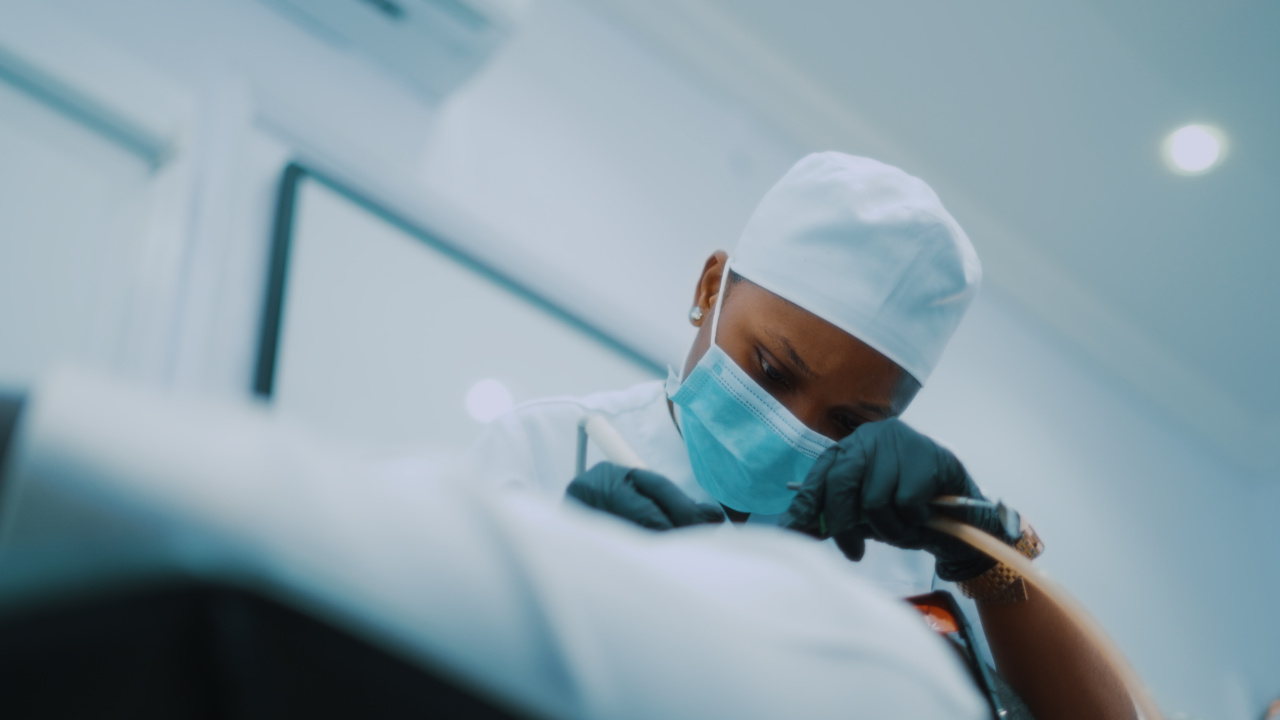An anterior cruciate ligament (ACL) tear is a common knee injury that often requires surgery for proper treatment. However, surgery is not the only option available.
This article will explore alternative treatment options for ACL tears, considering factors such as the severity of the injury, the individual’s lifestyle, and their preference for surgical or non-surgical methods.
The Severity of the ACL Tear
Before considering alternatives to surgery, it’s essential to understand the severity of the ACL tear. A mild or partial tear may heal with non-surgical interventions, while a complete tear often requires surgical reconstruction.
The severity can be determined through physical examination, imaging tests like MRI, and a detailed medical history.
RICE Therapy
RICE therapy (Rest, Ice, Compression, and Elevation) is often the first line of defense for any knee injury, including ACL tears. Rest allows the torn ligament to heal naturally, while ice reduces pain and swelling.
Compression with a knee brace or wrap supports the injured knee, and elevation helps reduce swelling by promoting fluid drainage. RICE therapy is most effective in mild ACL tears and often supplements other treatment methods.
Physical Therapy
Physical therapy plays a crucial role in strengthening the muscles around the knee joint, enhancing stability, and promoting healing after an ACL tear.
A trained physical therapist tailors exercises to the individual’s specific needs and gradually introduces activities like range-of-motion exercises, strengthening exercises, and functional training. Physical therapy can be an effective alternative to surgery for individuals with mild to moderate ACL tears who are committed to a long-term rehabilitation program.
Bracing
Bracing is a non-surgical option that provides external support to the knee joint, reducing stress on the injured ACL. A knee brace can stabilize the knee, prevent further damage, and improve overall knee function.
Different types of braces are available, including prophylactic braces for injury prevention and functional braces for post-injury support. Bracing is suitable for individuals with mild to moderate ACL tears who want to continue participating in physical activities without undergoing surgery.
Platelet-Rich Plasma (PRP) Therapy
Platelet-Rich Plasma (PRP) therapy is a regenerative treatment option that uses the patient’s blood to promote healing.
In this procedure, blood is drawn from the patient, processed to separate platelets, and then injected into the injured knee. Platelets contain growth factors that can stimulate tissue repair and accelerate healing. While PRP therapy is a relatively new approach, some studies suggest it can improve knee function and reduce pain in individuals with ACL tears.
Stem Cell Therapy
Stem cell therapy is another regenerative treatment option that shows promise for ACL tear repair. Stem cells have the potential to develop into different types of cells, including ligament cells.
In this procedure, stem cells are harvested from the patient’s body (often from bone marrow or fat tissue) and then injected into the injured knee to stimulate tissue repair. While research on stem cell therapy for ACL tears is still ongoing, early studies have shown promising results in terms of pain reduction and functional improvement.
Prolotherapy
Prolotherapy is an alternative treatment that involves injecting a solution (often containing dextrose) into the injured ligament.
The solution irritates the ligament, triggering an inflammatory response that promotes blood flow and tissue repair. Prolotherapy is thought to strengthen the ligament and improve stability in the knee joint. While evidence supporting prolotherapy for ACL tears is limited, some individuals may consider it when other conservative options have failed.
Using a Knee Supportive Device
Knee supportive devices such as sleeves, wraps, and straps can provide extra support to the knee joint and reduce stress on the torn ACL.
These devices are designed to stabilize the knee, improve proprioception, and enhance overall knee function. While knee supportive devices cannot heal the torn ligament, they can be effective in reducing pain, promoting confidence during physical activity, and preventing further injury.
Lifestyle Modifications
Lifestyle modifications are an essential part of the treatment plan for ACL tears, regardless of the chosen treatment option.
Avoiding activities that involve excessive stress on the knee, such as high-impact sports and exercises, can prevent further damage and promote healing. Incorporating low-impact exercises like swimming or cycling into the routine can help maintain fitness levels without aggravating the injury.
Modifying daily activities and using proper body mechanics during movements can also reduce strain on the knee joint.
When Surgery is the Best Option
While alternative treatment options exist, it’s essential to recognize that surgery may still be the best option for some individuals with ACL tears.
Surgical reconstruction is generally recommended for athletes or active individuals involved in sports or activities that require pivoting, jumping, and quick direction changes. It aims to restore knee stability and function, minimizing the risk of further injury and allowing a safe return to pre-injury activities.
The decision to undergo surgery should be made in consultation with an orthopedic specialist, considering individual circumstances and treatment goals.
The Importance of Consulting a Healthcare Provider
Regardless of the chosen treatment path, it is crucial to consult with a qualified healthcare provider, such as an orthopedic specialist or sports medicine physician.
They can provide a comprehensive evaluation of the ACL tear, recommend the most suitable treatment options, and guide the individual throughout the recovery process. A personalized approach considering the individual’s goals, lifestyle, and severity of the ACL tear is necessary to optimize outcomes and minimize the risk of complications.































